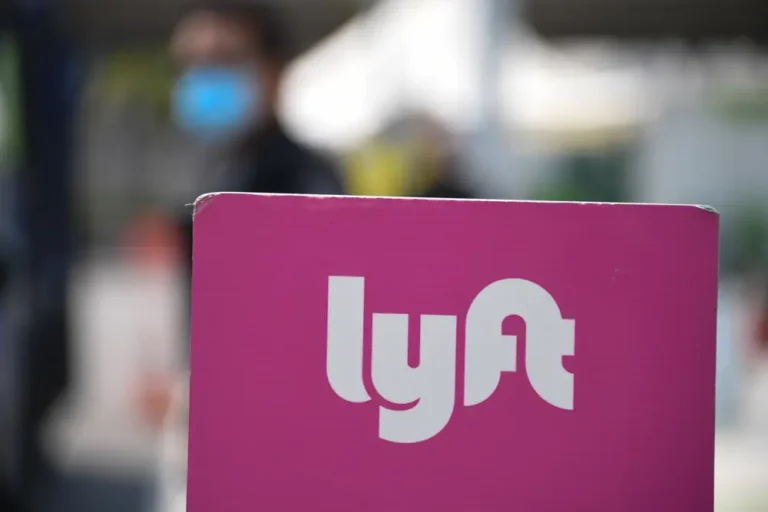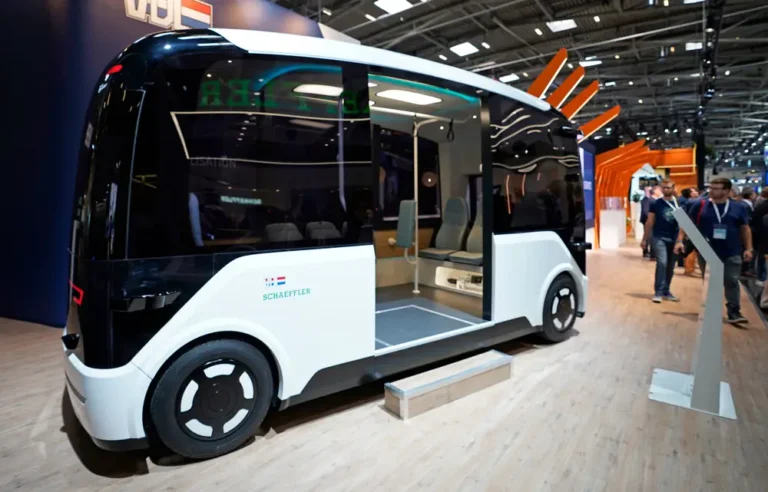What you need to know about the Chinese EV loved by Ford’s CEO — and why you can’t get it in the US
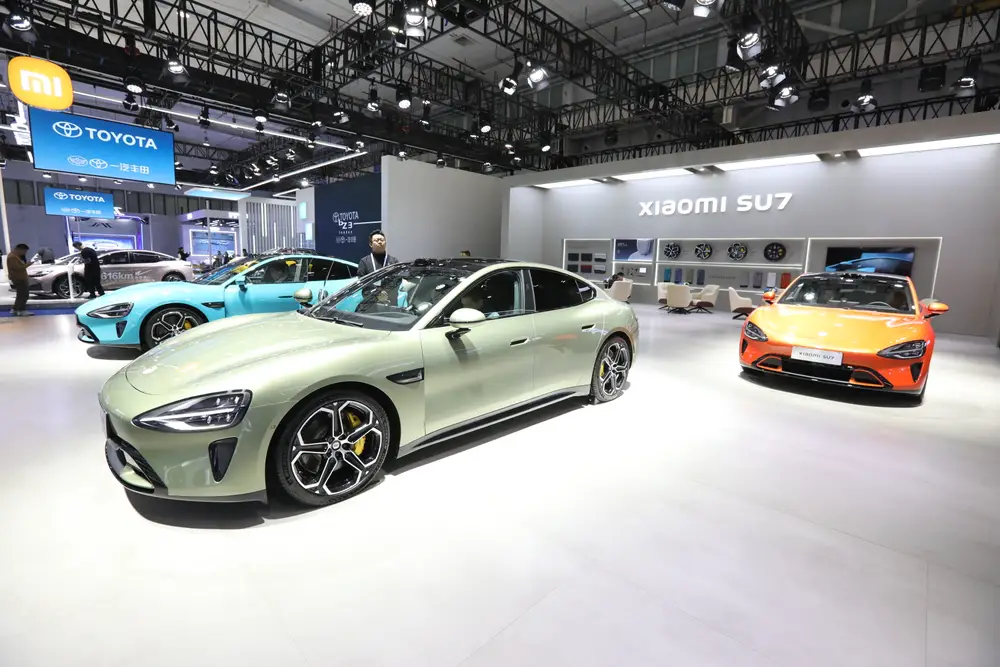
Ford CEO Jim Farley said he’s been driving the Xiaomi SU7, a Chinese EV.
Ford CEO Jim Farley said during a podcast interview that he’s been driving the Xiaomi Speed Ultra 7, a Chinese EV, for the last six months and he doesn’t want to give it up.
“It’s fantastic. They sell 10,000, 20,000 a month. They’re sold out for six months,” Farley said, calling Xiaomi an “industry juggernaut.”
This raises some questions.
First: What’s so compelling about this car? It’s pretty rare to hear a chief executive publicly extol their direct competitors. Why is it so impressive?
Second: How did Farley get the car to the US anyway? And why can’t Americans get a car like that in the US?
Let’s dig in.
What is the Xiaomi SU7?
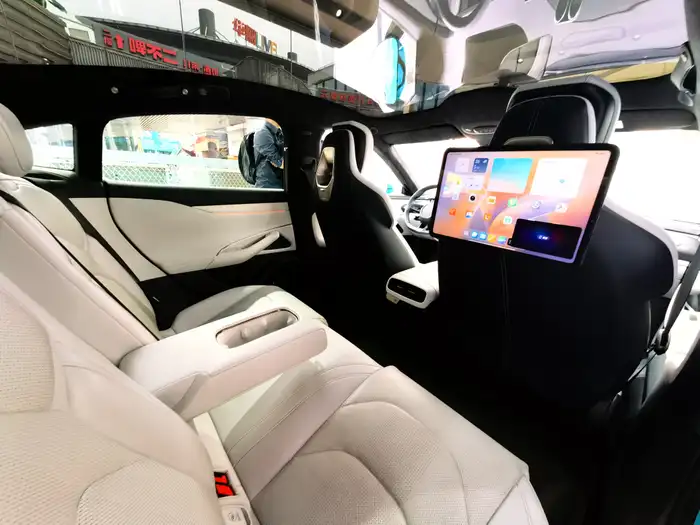
Xiaomi launched the SU7 in December 2023 and said it’s expected to reach 100,000 customer deliveries by November.
The SU7 is Xiaomi’s first vehicle since the Chinese smartphone and consumer electronics giant announced plans to build an EV in March 2021.
The compact battery-electric sedan launched in December 2023 to great fanfare. Xiaomi said it’s expected to reach 100,000 customer deliveries by November.
The SU7 was built in partnership with Beijing Automotive (BAIC), one of China’s largest carmakers, which also makes Hyundai and Mercedes-Benz vehicles for the Chinese market.
The Xiaomi SU7’s key features
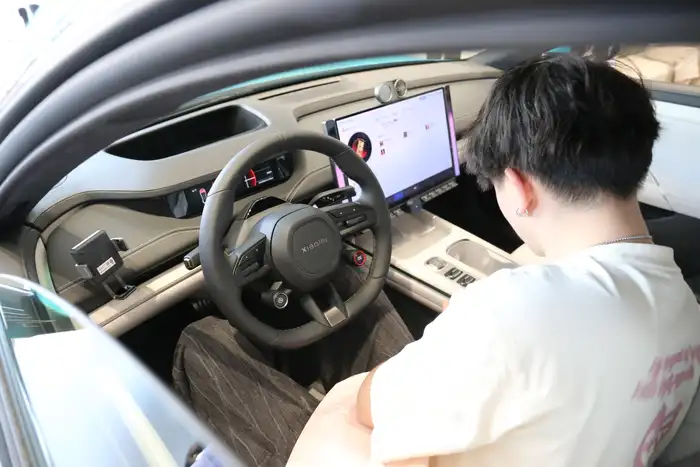
The SU7 offers Xiaomi Pilot, software that allows self-driving, self-parking, and car-summoning.
The SU7 comes in three versions — the SU7, SU7 Pro, and the SU7 Max — that start at 215,900 yuan or about $30,300. Even the most expensive version, the high-performance SU7 Max, won’t break the bank with a starting price of 299,900 yuan or about $42,100.
By comparison, the base Tesla Model 3 starts at 231,900 yuan, or roughly $32,600, in China, while the range-topping all-wheel-drive variant starts at 335,900 yuan, or around $47,200.
In terms of the styling, the SU7 isn’t terribly original but it’s attractive, drawing elements of its front end from the McLaren 750S supercar and its overall shape from Porsche’s Panamera sedan.

The shape of the Xiaomi SU7 resembles Porsche’s Panamera sedan.
The SU7 turns up the wow factor in the cabin. Although Xiaomi is best known outside China for its smartphones, the company is a consumer electronics conglomerate that makes everything from TVs and smart speakers to connected housewares like lighting and air conditioners.
The SU7 is fully integrated into the Xiaomi ecosystem, which allows for remote voice control of household appliances from the vehicle. It has a massive 16.1-inch infotainment screen with smartphone mirroring and offers Xiaomi Pilot, software that Xiaomi said allows for assisted self-driving and self-parking.
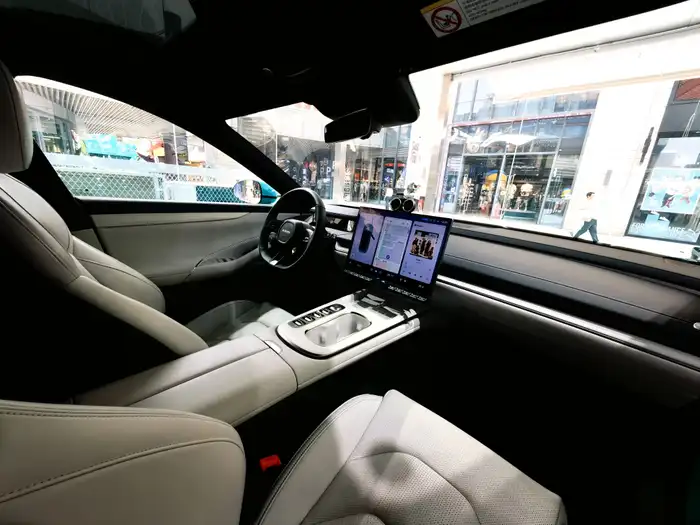
The SU7 allows for remote voice control of household appliances.
The car also features some impressive performance. According to Xiaomi, the range-topping SU7 Max can accelerate from 0 to 62mph in just 2.78 seconds, which bests the rival high-performance Model 3’s time of 3.1 seconds.
Why you can’t buy the SU7 in the US
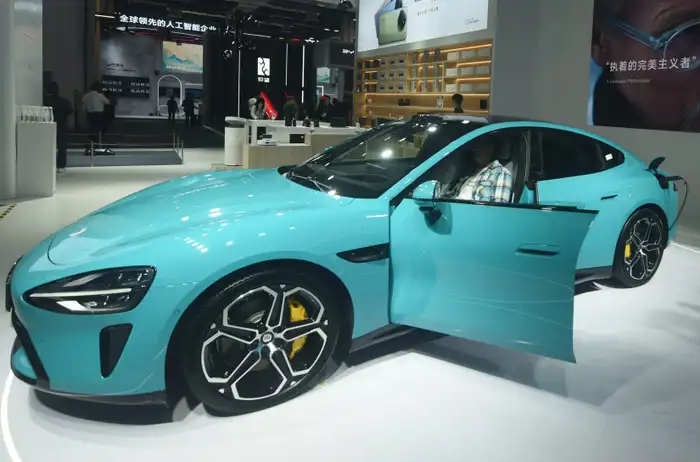
Xiaomi is best known outside China for its smartphones.
Xiaomi’s EVs aren’t available for sale in the US. The US government imposes a 100% import tariff on Chinese-made electric vehicles, making it hard for US residents to get their hands on any Chinese EVs.
Farley said he flew the car to Chicago from Shanghai. It’s possible he got a hold of it through an NHTSA exemption that allows vehicles not approved for sale in the US to be imported for research and development.
So you probably won’t see the car on US streets anytime soon — but it sure sounds like elements of it could inspire future Ford EVs.

